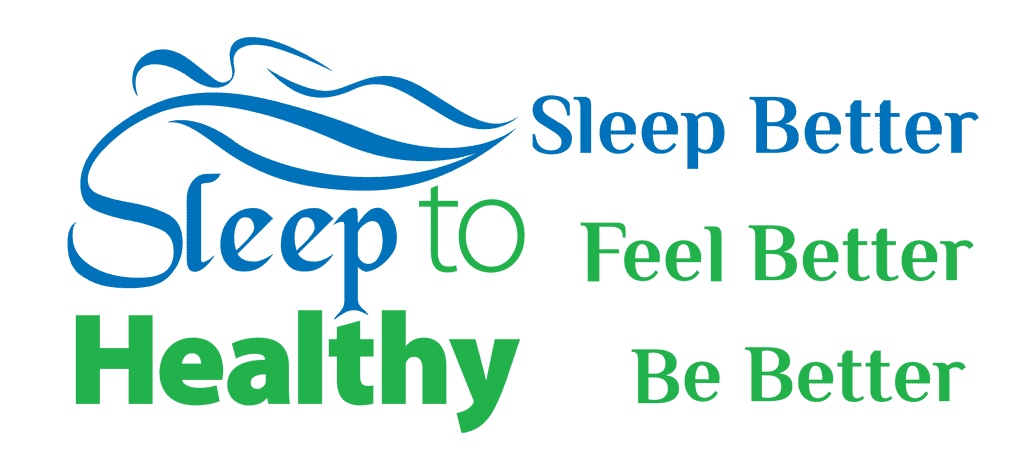Click title to see more…
I recommend you visit: Lesson 7 Webpage Contact Dennis: Voice message or text: 408-990-3882 or dennis@sleeptohealthy.com
Lesson Summary:
- Sleep Myths is the 3rd CBTi (Cognitive Behavioral Therapy for Insomnia) element.
- There are 2 types of Sleep Myths: Media Myths & Mind Myths. Media Myths are inaccuracies perpetuated by the media. Mind Myths are incorrect conclusions we draw from our life experiences.
- It is recommended that you abstain from reading anything about sleep while taking this course. The negative impact you will likely experience far outweighs any benefit you might achieve.
- How to think critically of sleep articles:
- Determine if the relationship between sleep and the outcome is correlation or causation. Correlation means that the sleep issue and outcome are connected to a 3rd underlying factor. Causation means that the sleep issue causes the outcome. This is much, much harder to prove.
- See how large the study was. Experiments with few participants give exaggerated results which are not trustworthy.
- Notice how closely the participants resemble you. Good sleepers respond differently to sleep issues than people with insomnia. Women respond differently then men. Young people responds differently than the elders and so on.
- Remember than sleep is mainly of the mind, not the body. Studies that show negative health outcomes should be treated with lots of skepticism.
- CBT or Cognitive Behavioral Therapy helps deal with mind myths which are our misunderstanding of our experiences with sleep.
- The CBT model is Observe à Think à Emotion à Action. You notice or observe an event à you think about what the observation means à this evokes an emotional reaction à you take action based on your thoughts and emotions.
- CBT intervenes at the thought and action steps. Changing your thoughts and your action can change the spiral from destructive to helpful.
- The Better Sleep Paradox: If you think and pay attention to your sleep, you will perpetuate your insomnia. If you don’t do anything about your sleep, your insomnia will continue.
- The way out of the paradox is to focus on how you are feeling and functioning, not on the duration and quality of your sleep. You should never measure how many hours sleep you are getting unless you are compacting your sleep.
- CBTi elements can cause sleep anxiety such as other sleep solutions do. If you notice that anything you are doing adds to your stress, drop it and try something else.
- Writing out things that you find stressful can help to get it off your mind and lead to solutions.
- The 7-column CBT (Cognitive Behavioral Therapy) worksheet is used to reduce your anxiety levels and create replace your unhelpful, less true beliefs with truer, more helpful beliefs about sleep.
- In CBTi or Cognitive Behavioral Therapy for Insomnia, Sleep Myths is called Cognitive Distortions
Assignment:
- Fill in at least 3 CBT worksheets
- Bonus assignment: Use the critical thinking worksheet in the links section to critically analyze a media article
- Let Dennis know how you are doing with the course so far with a voice or text message (408-990-3882), email or filling in the form on the contact page.
Links:
Dr. Stanley’s Twitter Feed: @drneilstanley Debunking Sleep Myths
CBT Negative Spiral Observe – Thought – Emotion – Action
CBT Positive Spiral Observe – Thought – Emotion – Action
CBT worksheet – 5 colmun – example
CBT Worksheet – 7 column – example
CBT Worksheet – 7 column (recommended)
How to critique an article on sleep.
ACT (Acceptance and Commitment Therapy) – Wikipedia Article
Dr. Daniel Erichsen YouTube channel: Insomnia Insight
Michael Schwartz Podcast & Blog: Sleep on Q
Note: I receive no renumeration for any linked items.



Sleep To Healthy Thoughts